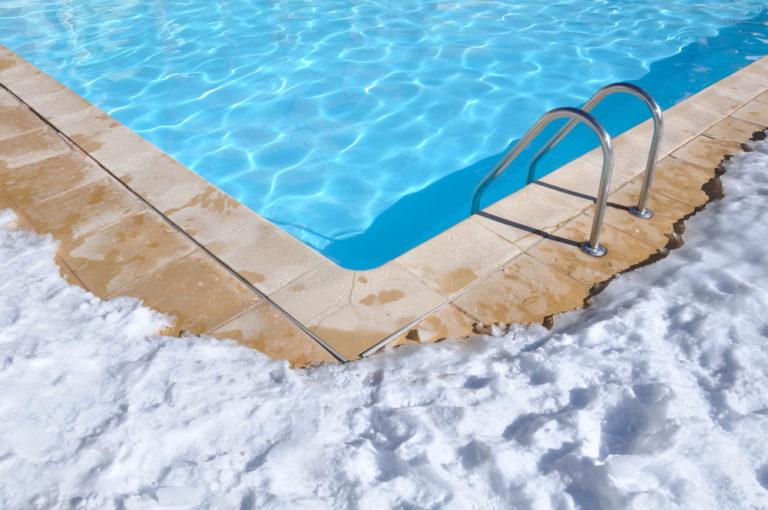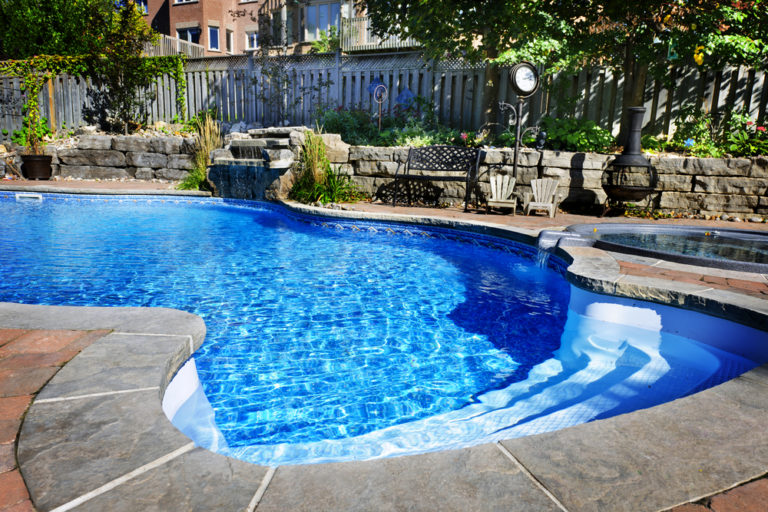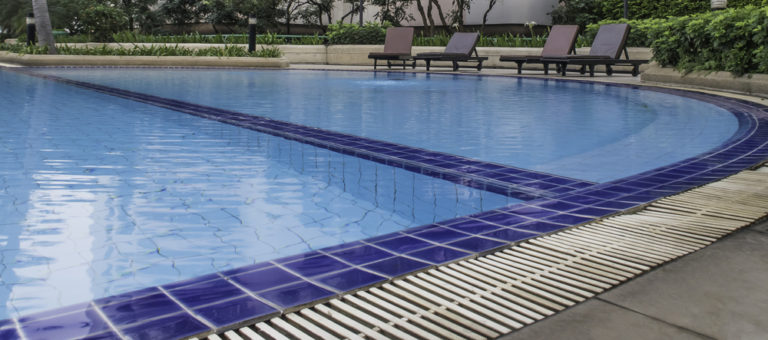When to Invest in a Pool Remodel
A pool remodel can radically change the appearance of an existing pool, whether you want to sell your house, have recently moved into a house with an outdated pool, or just want to give yours a refresh. However, modifying one doesn’t always result in a favorable return on investment, just like installing a swimming pool. Should you go ahead and rebuild your pool? Continue reading to find out if it’s worth it for you!
Motives for remodeling
Repairs: Even if your swimming pool is cracked, you still need to get them fixed. Why not invest a little additional cash to make it look better? Consider adding a pebble finish as an alternative to merely replastering the sides, for instance. Alternately, use vibrant LED lights to replace damaged pool lighting. broken tiles? Replace more than just the individual tiles. Utilize this chance to replace them all with fresh tiles.
Upgrade: Some swimming pools are a yawn. If yours is and you’re planning to relocate soon, remodeling might make your uninspiring pool a selling factor. Kool Deck should be replaced with travertine or, in colder climes, marble pavers. Give an ordinary rectangular pool an infinity edge. Add a feature, such as a fountain or fire feature, if possible.
Update: Does your pool appear to have been taken out of the 1980s? Makeover your pool to bring it into the twenty-first century. A swim-up bar or ledges, darker interior pool finishes, and the use of smart lighting are all current trends. Again, if you’re planning to sell soon, this is especially sensible.
Size: To accommodate your expanding family, remodel and expand your pool. Alternately, reduce the size of your pool to add more outside living areas. These days, little plunge pools are fashionable and generally simpler to maintain due to their reduced size.
What needs updating
The possibilities for a pool redesign range from merely upgrading your lights to including a cascade, depending on what you want to accomplish. When it comes to remodeling, there is no clear-cut recommendation, but here are some of the most well-liked improvements you may make.
New plaster: By correcting cracks, chipping, color changes, and other symptoms of deterioration, replastering your pool can have a significant impact. The price will vary according to the size of your pool and if you opt to keep with conventional plaster or upgrade with pebbles or other materials.
Waterline tile: One of the more expensive additions, waterline tiles are available in a bewildering array of hues, from iridescent glass to blue marble. However, changing or adding new tiles creates a discernible difference. The cost of tiles can range from $3,000 to $30,000, depending on the size of your pool and the materials you select.
Mosaics: Consider adding mosaics if your remodel involves replastering your pool. These ceramic objects, which typically feature sea life and nautical themes, provide a playful impression whether placed on ledges, steps, or the pool’s bottom. However, personalized decorations like monograms might not appeal to future buyers if you decide to sell. The cost of a mosaic can range from $15 for a tiny piece to more than $1,000 for larger, more complex ones.
LED lights: This inexpensive upgrade can significantly alter how your pool appears and feels at night. Choose them to a static color for the evening or set flashing colors for special occasions like festivals. The majority of systems also let you change the light’s intensity. Cheap LED lights start at $100, but lamps with all the settings might cost $1,500 or more.
Water feature: Whether you install a waterfall, a fountain, or deck-based water jets, water features liven up your pool and produce a resort-style atmosphere. Cost and viability will depend on how your pool is set up and whether you have access to waterlines, but you can buy a ready-made solution for as little as $300 and just plug it in. Expect to pay up to $5,000 for a premium installation.
Any pool can benefit from having a slide or diving board to add some entertainment. Both options require adequate room to accommodate them, and a diving pool requires a pool that is deep enough to handle them. Both are in the $1,000–1,500 range.
Ledges: Raised platforms allowing children to play in less than a foot of water or for adults to work on their tans are a common feature of modern swimming pools. Although ledges can be expensive, many pool owners find that their guests spend more time in the water when they have one. The size of the ledge, the materials you use, and personnel fees all affect how much they cost. $5,000 wouldn’t be excessive for a substantial ledge.
New decking: Updating the outdated, chipped, or worn-out decking surrounding a pool can make a significant difference. Budget $5 to $10 per square foot, though the price can vary depending on the size of the deck and the material you decide to choose.
How to prepare
Most pool remodel projects start with draining your pool once you’ve decided to renovate it. This includes installing a submersible pump with a pipe leading to the street at the bottom of your pool. Depending on the size of your pool, draining can take anywhere from 6 to 12 hours.
A team will dig and back-fill where necessary to get the desired appearance if you want to alter the size, shape, or features of your pool. Replastering jobs start with noisy chipping and priming of the pool that often lasts several hours. The workers then smooth out the plaster mixture with hand trowels after pumping it over the pool’s surfaces with big hoses.
As part of the replastering process, the mosaic is placed, and then trim details like tiling or repairing the coping (the edge of the pool) are done. The team then concentrates on the addition of slides, LED lighting, and water elements. This could take a few hours or several days, depending on how much remodeling you desire.
The team adds the water when the work is finished. The duration of this stage can range from 12 to 48 hours. You also have to be there the entire time to watch the water flow. A water line may emerge if you switch off the water too soon and then restart the flow. It can overflow if you don’t turn it off in time. The tile or skimmer aperture should be submerged halfway.
The crew will next add chemicals to the water to bring the pH level to the proper level. This may require several hours if your pool is made of pebbles. However, it may take several days for plaster pools.
Contact an Expert in Las Vegas, Nevada!
If you’re looking to invest in a pool remodel, don’t hesitate to contact us immediately!






